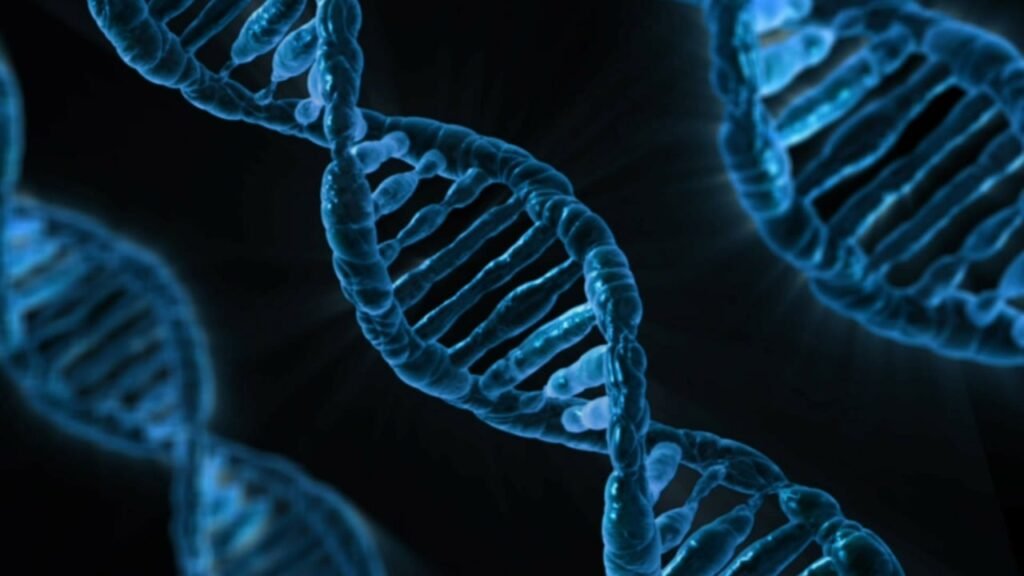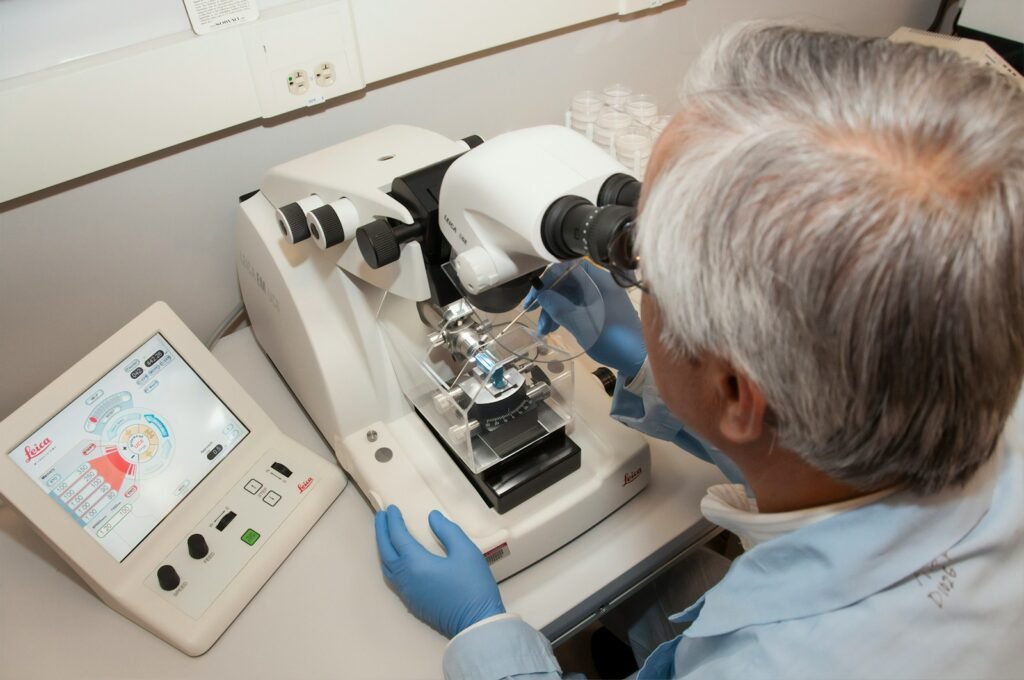Longevity is a remarkable feature of life that varies widely in the animal kingdom. While some creatures sprint through life with brevity, others amble leisurely, enjoying extended lifespans that leave researchers in awe. Understanding the science behind why some animals live longer than others provides valuable insight into biology and survival strategies across species.
Introduction to Longevity in the Animal Kingdom

Longevity, or the length of an organism’s life, varies significantly among different species. From the fast-paced existence of a Mayfly, which lives barely a day, to the millennia-spanning life of the ocean-dwelling Spongebob-like glass sponge, the disparity is astounding. This variation is a result of complex interactions between genetics, environment, and an organism’s evolutionary needs.
The Role of Genetics in Longevity

Genetics play a vital role in determining an animal’s lifespan. Each species’ genetic blueprint dictates biological processes such as cell repair mechanisms and the production of antioxidants, which fight against damage from free radicals. Long-lived animals like the Greenland shark, which can live for centuries, have adapted genes that allow for slow metabolic rates and robust cellular maintenance.
Metabolic Rate and Longevity

There is a striking correlation between metabolic rate and lifespan. Animals with high metabolic rates, such as rodents, tend to have shorter lives. In contrast, organisms with slower metabolisms, like tortoises, turtles, or the aforementioned Greenland shark, often enjoy longer lives. The slow and steady pace of these creatures reduces wear and tear on their bodies over time.
Environmental Impact on Lifespan

Environmental conditions exert a profound influence on animal longevity. Harsh conditions can lead to shorter lifespans, as organisms must invest more energy into survival and reproduction. Conversely, stable and resource-rich environments may allow for extended lifespans, fostering evolutionary traits that promote longevity.
Predatory Pressure and Life Expectancy

Predation is a significant selective force shaping an animal’s lifespan. Species at the top of the food chain, such as elephants and whales, typically live longer as they face fewer natural threats. Smaller animals, like mice or insects, experience high predation rates, often leading to shorter lifespans.
Reproductive Strategies and Longevity

The reproductive strategy of a species can also influence its lifespan. Animals that produce numerous offspring in a short period may not need to live long. In contrast, species that invest significant effort into raising few offspring, such as albatrosses which are known for their lengthy life spans and single chick nurturing, often have longer lifetimes to ensure their progeny’s survival.
Hormonal Influence on Aging

Hormones, such as insulin and growth factors, influence aging processes across various species. In many long-lived animals, hormonal pathways are optimized to slow growth and energy use, thereby promoting longevity. These adaptations help minimize age-related diseases and extend healthy lifespan.
Disease Resistance and Immune Function

Longevity is also linked to an animal’s ability to resist disease and maintain robust immune function. Organisms that can effectively ward off pathogens and manage cellular damage over time are more likely to experience extended lifespans. Elephants, for instance, have more copies of the cancer-fighting p53 gene, contributing to their longevity.
Cellular Repair and Maintenance

Efficient cellular repair and maintenance mechanisms are essential for long life. Long-lived animals often have enhanced DNA repair capabilities and efficient removal of damaged proteins and cells. This reduces the accumulation of harmful age-related cellular changes.
Size and Lifespan Correlation

Typically, larger animals tend to live longer than smaller ones. This trend is partially due to differences in metabolic rates and ecological roles. Large mammals like humans, elephants, and whales often have slower cellular turnover and lower predation risks, contributing to increased longevity.
The Special Case of Naked Mole Rats

Naked mole rats defy the typical size-lifespan relationship. Despite being small rodents, they can live for over 30 years. This longevity is attributed to their unique lifestyle, subterranean habitats, and biological adaptations, including cancer resistance and efficient cellular repair.
The Mystery of Immortal Jellyfish

The Turritopsis dohrnii, or “immortal jellyfish,” possesses a fascinating ability to revert its cells to an earlier developmental stage, potentially escaping death by aging entirely. This process of transdifferentiation allows it to effectively reset its life cycle, confounding researchers and offering a glimpse into one of nature’s most extraordinary longevity strategies.
Human Implications from Animal Longevity

Understanding longevity in animals can provide insights into human aging and age-related diseases. By studying genetics, metabolic rates, and environmental factors that contribute to long life in animals, researchers hope to uncover clues that could potentially extend human lifespan and improve health in later years.
Conclusion: Embracing Longevity’s Lessons from Nature

The diverse lifespans across the animal kingdom underscore the complexity and adaptability of life. From genetics to environment, myriad factors contribute to the longevity of organisms. By unlocking the secrets of these long-lived species, scientists not only gain a deeper understanding of life’s intricacies but also glean potential insights that could influence human health and aging. As we continue to explore nature’s timekeepers, we embrace the lessons they offer and the mysteries they pose about our own existence.




